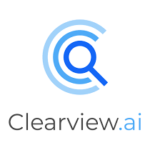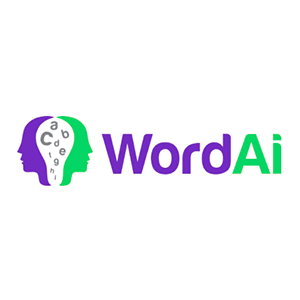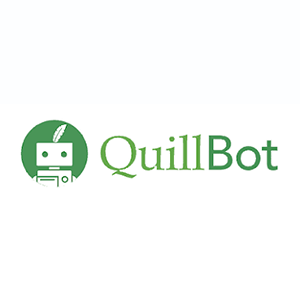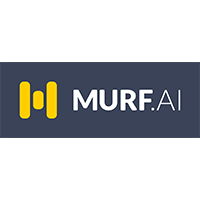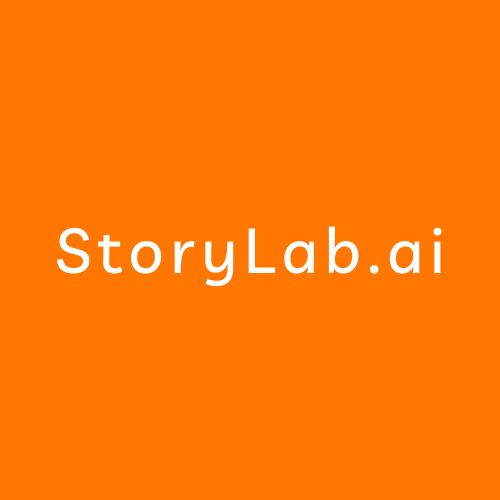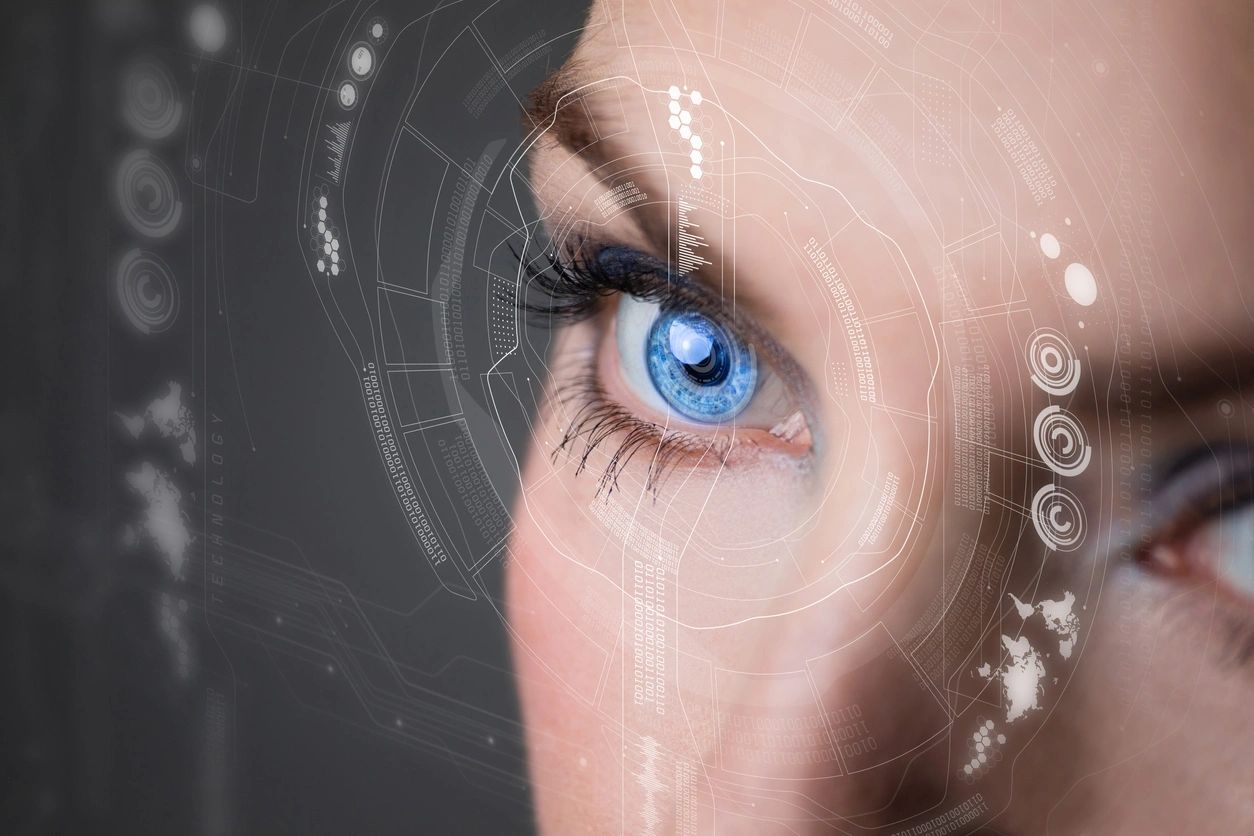OpenAI’s Superalignment initiative, originally established to guide the development of advanced AI systems responsibly, has recently encountered internal hurdles stemming from disputes over resource allocation. These challenges have resulted in the departure of key team members and raised concerns about the organization’s ability to prioritize AI safety amidst rapid technological advancements.
Despite initial promises of receiving 20% of OpenAI’s compute resources, the Superalignment team has consistently faced roadblocks in accessing these resources. This ongoing dispute has severely hindered the team’s capacity to effectively carry out their research and development endeavors aimed at ensuring the safe and ethical implementation of superintelligent AI systems.
Resignations and Core Priorities
The resignation of several prominent team members, including co-lead Jan Leike, has underscored deep-seated disagreements regarding OpenAI’s core priorities. Leike, a former DeepMind researcher with a rich background in AI development, emphasized the urgent need to focus on critical aspects such as security, monitoring, preparedness, safety, adversarial robustness, alignment, confidentiality, and societal impact. His departure signifies a significant loss for the Superalignment initiative and highlights internal tensions regarding the organization’s strategic direction.
Despite mounting concerns raised by departing team members, OpenAI has remained silent on the issue of promised resource allocation. This lack of transparency has fueled speculation about the company’s commitment to fostering a culture of AI safety and responsibility. Stakeholders await a clear and decisive response from OpenAI’s leadership regarding the allocation of resources and the future trajectory of the Superalignment initiative.
The prioritization of product launches over foundational research and safety considerations has further exacerbated tensions within the organization. As OpenAI seeks to capitalize on commercial opportunities, the Superalignment team’s efforts to address critical technical challenges related to AI safety have been sidelined, raising concerns about the organization’s long-term priorities and ethical obligations.
Internal conflicts, including reported clashes between co-founder Ilya Sutskever and CEO Sam Altman, have added to the turmoil surrounding the Superalignment initiative. Sutskever’s departure, in particular, has left a void in the leadership of the initiative and raised questions about the company’s ability to effectively navigate complex internal dynamics.
Future Direction
In the wake of recent departures, OpenAI faces a critical juncture in determining the future direction of its AI research and development efforts. While John Schulman, another co-founder, has assumed responsibility for overseeing initiatives similar to those of the Superalignment team, questions linger regarding the organization’s commitment to fostering a culture of AI safety and accountability.
The challenges faced by OpenAI’s Superalignment initiative underscore the inherent complexities of developing advanced AI systems responsibly. As the organization grapples with internal disputes and resource allocation challenges, it must reaffirm its commitment to prioritizing AI safety and ethics in alignment with its stated mission of developing AI for the benefit of all humanity. Only through transparent communication, collaborative engagement, and a steadfast dedication to ethical principles can OpenAI navigate these challenges and realize its vision of shaping a future where AI serves as a force for positive societal transformation.
See also: Senate Study Proposes Annual $32 Billion For AI Programs






